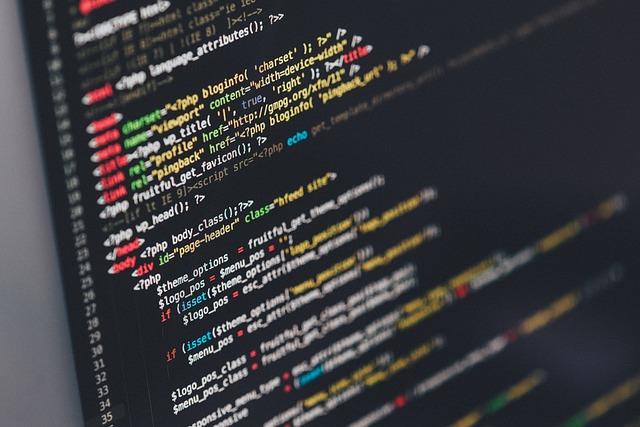In the digital tapestry of our modern world, the invisible threads of code interweave, shaping the marvels of technology used daily. Every app, every website, every piece of software we interact with is meticulously penned by the digital wordsmiths of our age – the coders. Welcome, intrepid explorer, to “An Introduction to Coding for Beginners”; your stepping-stone into the fascinating, powerful world of programming. With each keystroke, you will unravel the mystical enigma of code, transforming from a consumer to a creator. Hold on tight! You’re about to embark on an intellectual journey that will redefine your perspective of the world behind the screen.
Stepping into the world of coding might feel like diving into a whirlpool of strange symbols and cryptic commands, but fear not! Once you understand the basic concepts and key terminologies, you’ll find that it’s not as complicated as it seems. First things first, let’s decode these alien codes! To get us started, we’ve got variables (the storage locations for data), strings (sequences of characters, like words), and arrays (containers that hold multiple values). You’ll also come across functions which are reusable blocks of code, and loops whose job is to repeatedly execute specific blocks of code.
Now that we’ve scratched the surface of these technical terminologies, the question is: how do you decide on the best first programming language to learn? Remember, it’s not a one-size-fits-all situation and the answer lies in what you’re most interested to create. Here’s a quick run-through of some popular choices:
- Python: Renowned for its simplicity and readability. Great for beginners and widely used in scientific computing.
- JavaScript: The language of the web! If you’re keen on web development, this one’s your go-to.
- Java: It’s everywhere, literally! From enterprise-level business solutions to Android apps, Java proves to be a versatile choice.
- Ruby: Known for its elegant syntax, it’s often used to build web apps and is the foundation of the popular Ruby on Rails framework.
Finally, as you embark on your coding journey, remember that it’s not just about writing code; it’s about writing good, efficient code. Adopting best practices early on will shape you into a professional coder. Here’s what you need to keep in mind:
- Commenting: No, these aren’t posts on social media. These are notes to help you, and others understand what a specific piece of code does.
- Naming Conventions: Legibility matters. Use meaningful names for your variables and functions.
- Indentation: Proper indentation and formatting make your code easier to read and debug.
- Keep It Simple: Aim for simplicity. Your future self will thank you when revisiting your code later.
In the landscape of digital evolution, coding unfurls as a potent language, staking its claim in every technological development we see around us. As we bid our adieu, let’s remember that coding is an exciting world full of algorithms and applications, a world that might seem challenging invariably but is undeniably rewarding consistently.
Embarking on the journey of coding may feel like unlocking a cryptic codex. Still, with the knowledge tucked under your belt now, you are steps closer to become fluent. Remember, decoding the mysteries of this intricate language happens one command at a time. Clasp onto the spirit of curiosity, keep the quintessential patience in your arsenal.
Never shy away from errors; they are illuminating streetlamps on your road to expertise. As you continue your expedition into the realm of coding, remember, every software genius was once a beginner who didn’t quit. Your maiden voyage into the captivating world of coding begins now — embrace the challenge, become the architect of the future, one line of code at a time. Happy Coding!





